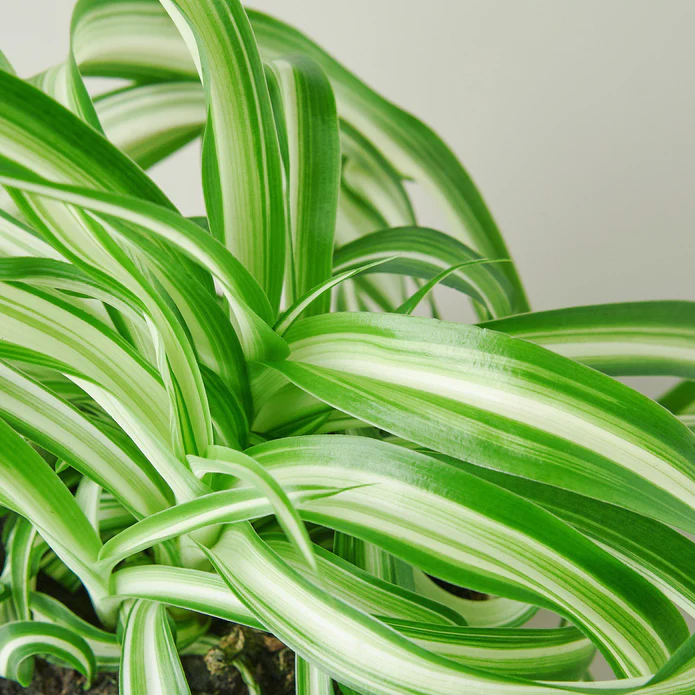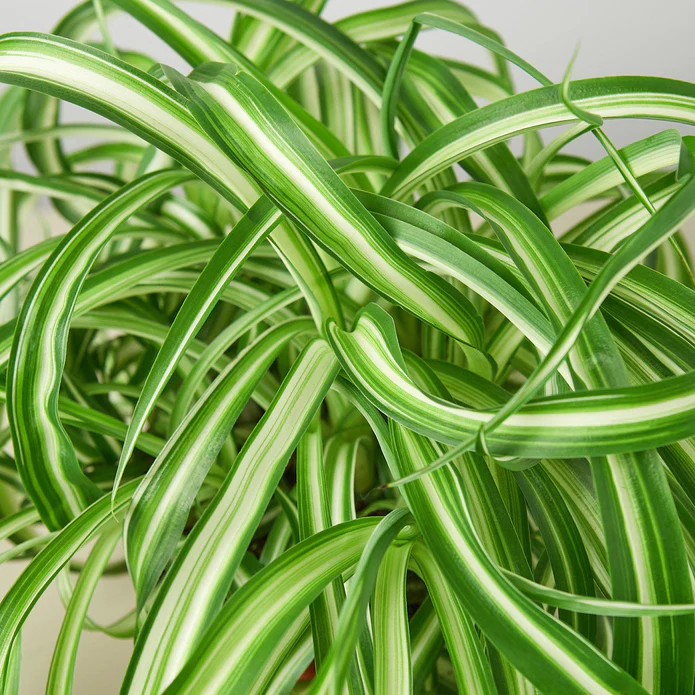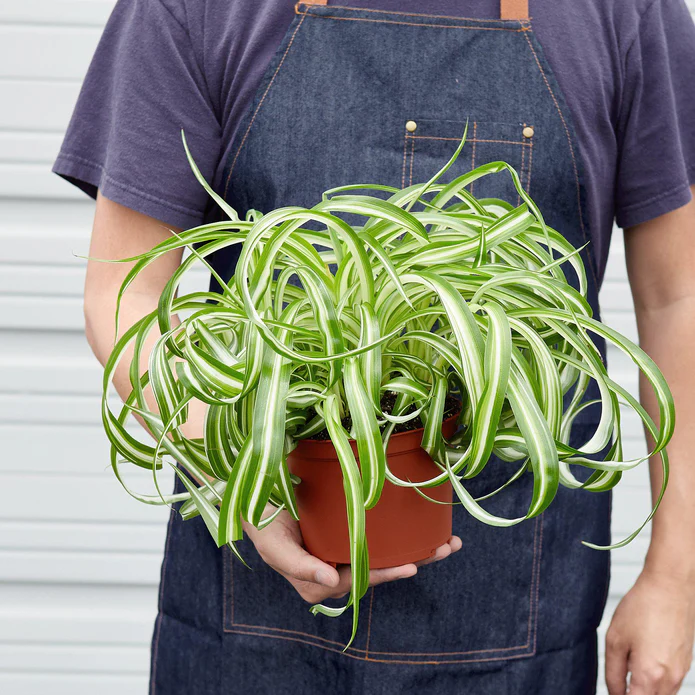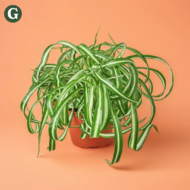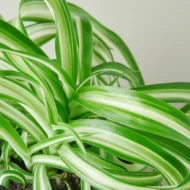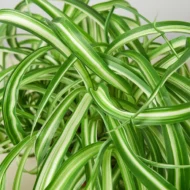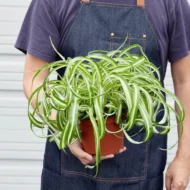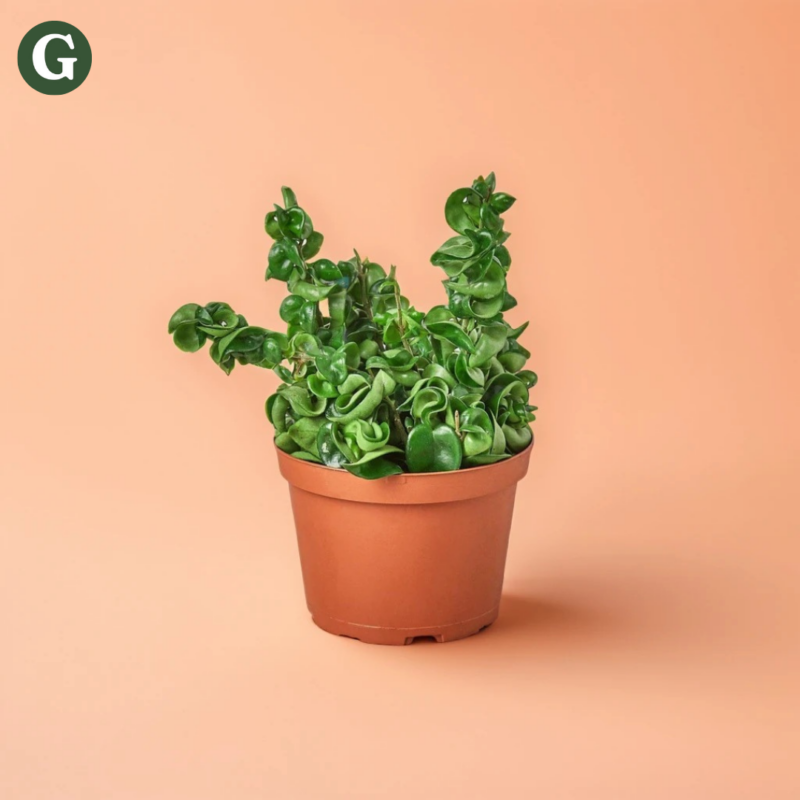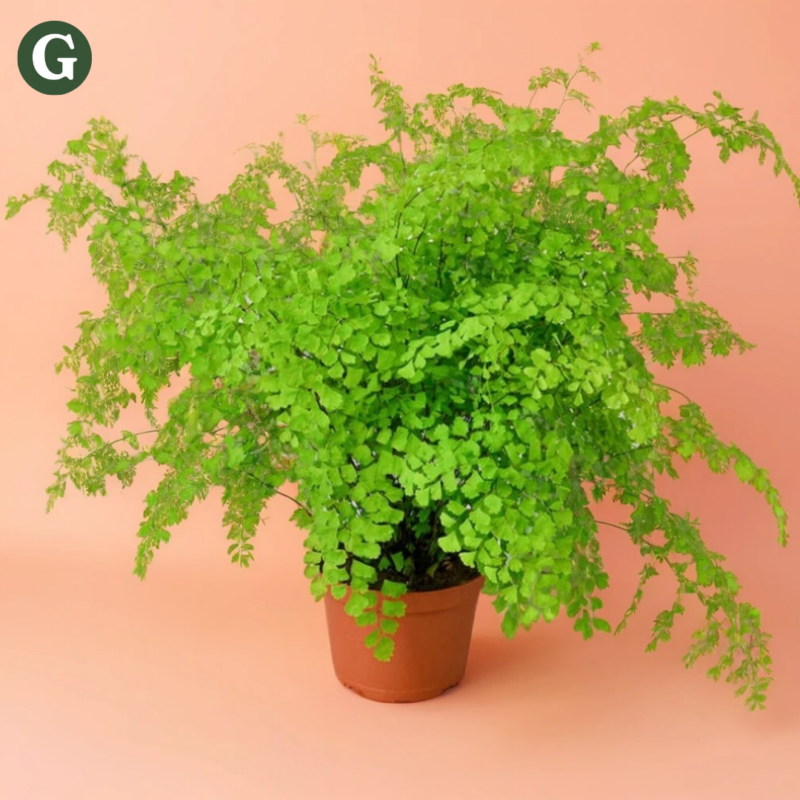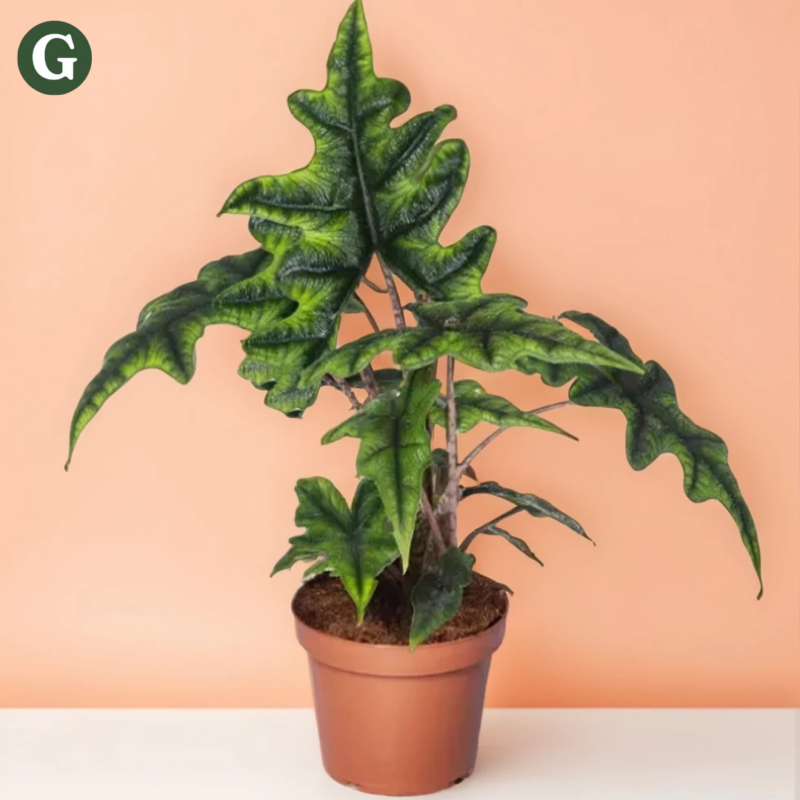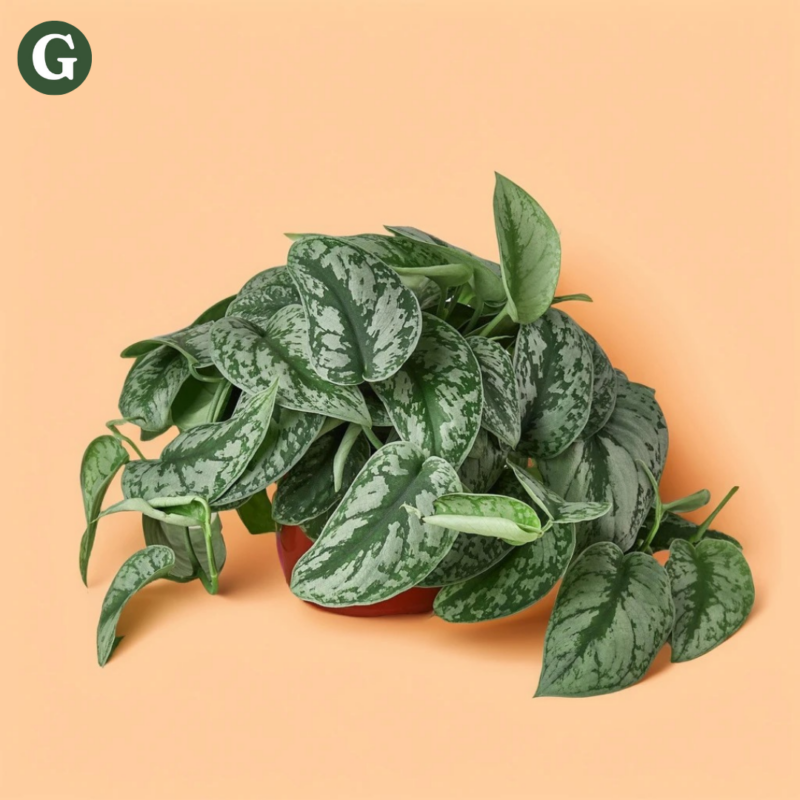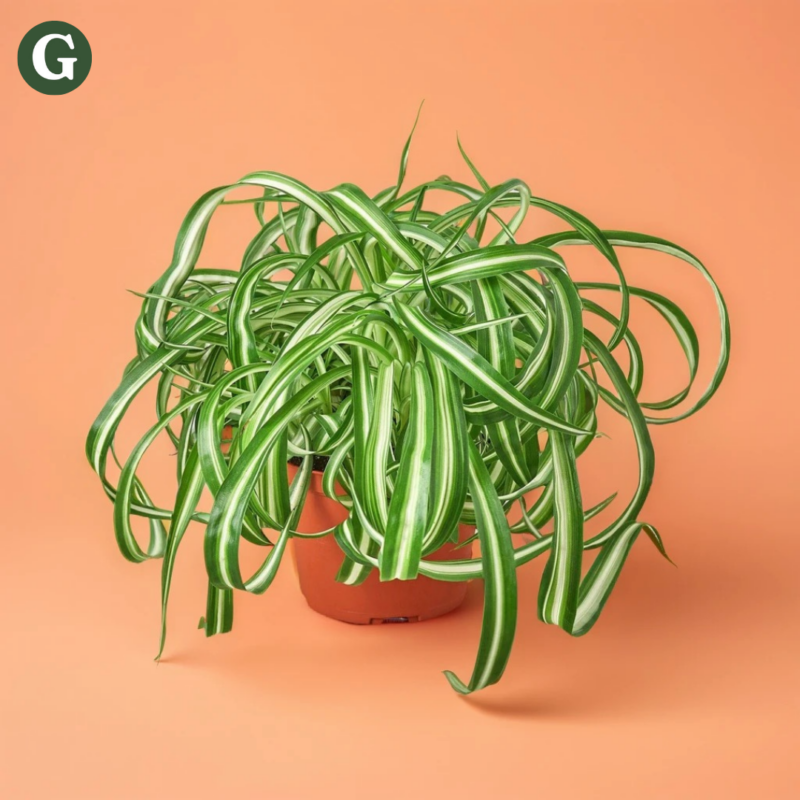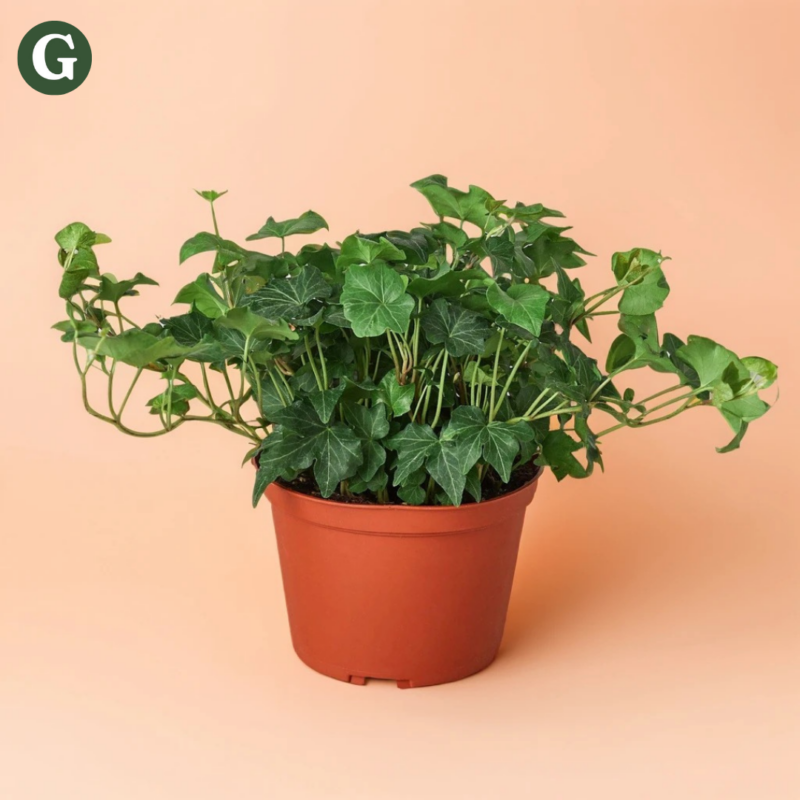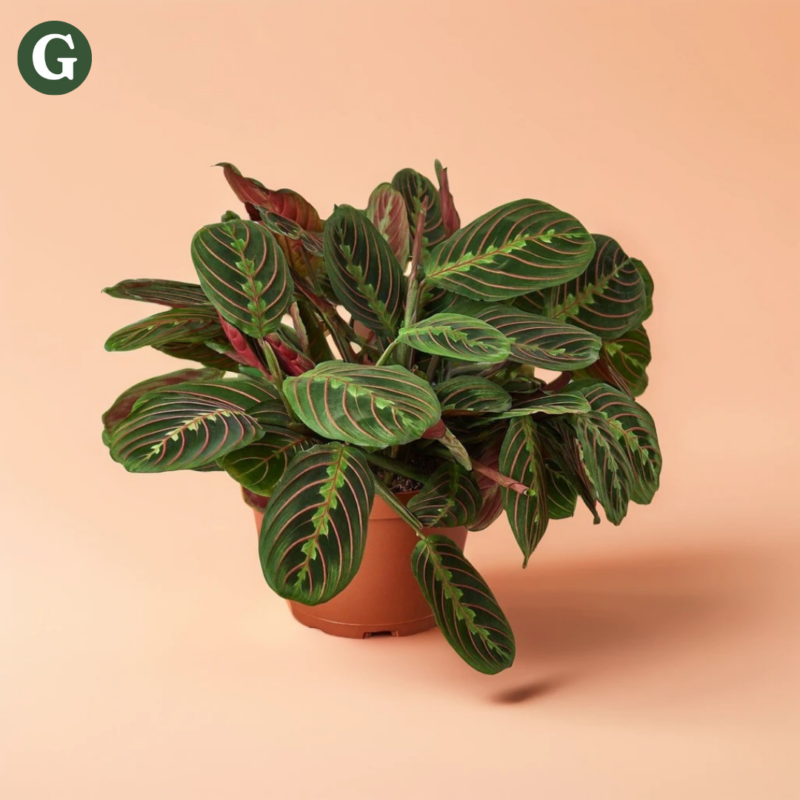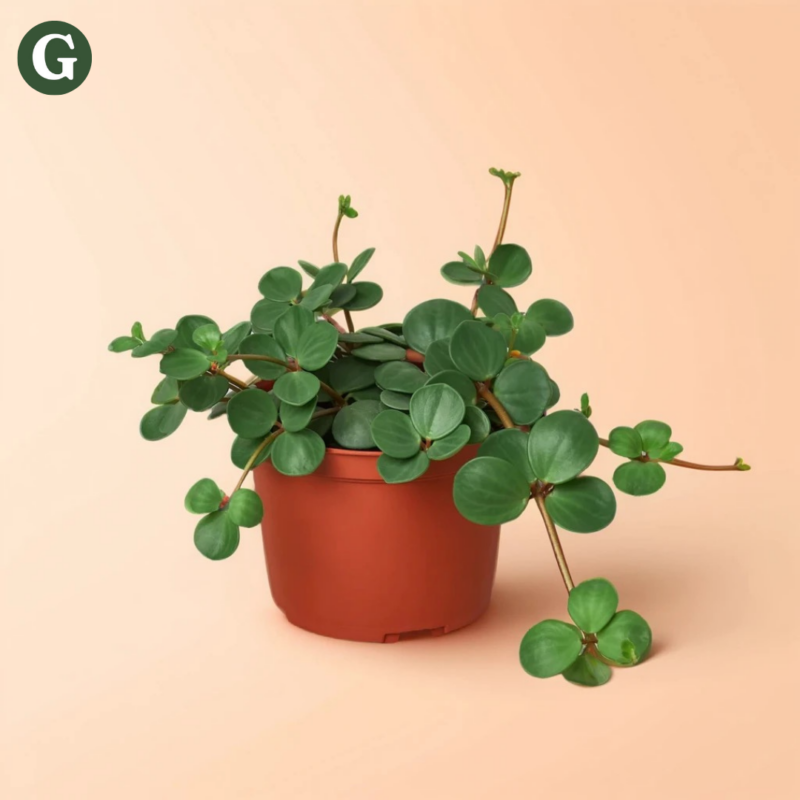Spider Plant Bonnie
Botanical Name: Chlorophytum comosum 'Bonnie'
Common Name(s): Bonnie Spider Plant, Curly Spider Plant
The Bonnie Spider Plant is a unique and attractive variety of the Spider Plant, known for its curly, arching leaves that give it a fuller, more compact appearance. Unlike the traditional straight-leafed Spider Plant, the Bonnie variety features tightly spiraled foliage, adding a playful and whimsical touch to any space. Its cascading "spiderettes" (baby plantlets) enhance its charm, making it a popular choice for hanging baskets or as a decorative plant for tabletops and shelves.
This plant thrives in bright, indirect light but can also tolerate low light conditions, although its growth may slow. Bonnie Spider Plants prefer well-draining soil and should be watered regularly, allowing the soil to dry out slightly between waterings. They are adaptable to average room temperatures and humidity, making them suitable for most indoor environments.
Air Purifying Qualities:
- Toxin Removal: Like other Spider Plants, the Bonnie variety is effective at removing common indoor air pollutants such as formaldehyde, xylene, and toluene, improving the air quality in your home or office.
- Oxygen Production: This plant helps to absorb carbon dioxide and release oxygen, which is beneficial for indoor air quality.
- Humidity Regulation: Through its natural transpiration process, the Bonnie Spider Plant helps to increase humidity levels in dry environments, improving comfort in indoor spaces.
Note: The Bonnie Spider Plant is non-toxic to pets (cats and dogs), making it a safe addition to homes with animals.
Care Insights & Expert Tips

Temperature
Warm temperatures: Spider Plant Bonnie prefers temperatures between 60-75°F (16-24°C). It does well in average indoor humidity but will appreciate higher humidity levels, especially during warmer months. Consider misting the plant occasionally or using a humidity tray in drier environments.
- Fertilize regularly: Feed your plant with a balanced liquid fertilizer diluted to half strength every 4 weeks during spring and summer.
- Monitor for pests: Keep an eye out for common houseplant pests like mealybugs and spider mites. Treat infestations promptly with insecticidal soap or neem oil.
- Repot as needed: Repot Spider Plants every 1-2 years in a slightly larger pot with fresh, well-draining potting mix.
- Propagation: Spider Plants can be easily propagated through plantlets or division.
- Low-maintenance: Spider Plants are a low-maintenance and are perfect for beginners.

Visit our plant care library
Find essential tips to keep your plants thriving, vibrant, and healthy.

